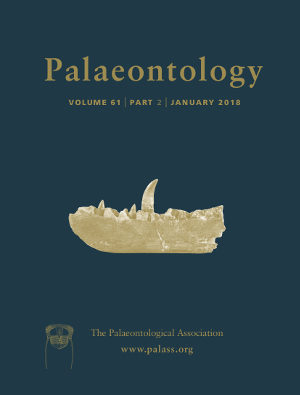Reg. Charity No. 1168330

Charcoal occurrence is extensively used as a tool for understanding wildfires over geological timescales. Yet, the fossil charcoal literature to date rarely considers that fire alone is capable of creating a bias in the abundance and nature of charcoal it creates, before it even becomes incorporated into the fossil record. In this study we have used state‐of‐the‐art calorimetry to experimentally produce charcoal from 20 species that represent a range of surface fuels and growth habits, as a preliminary step towards assessing whether different fuel types (and plant organs) are equally likely to remain as charcoal post‐fire. We observe that charcoal production appears to be species specific, and is related to the intrinsic physical and chemical properties of a given fuel. Our observations therefore suggest that some taxa are likely to be overrepresented in fossil charcoal assemblages (i.e. needle‐shed conifers, tree ferns) and others poorly represented, or not preserved at all (i.e. broad shoot‐shed conifers, weedy angiosperms, shrub angiosperms, some ferns). Our study highlights the complexity of charcoal production in modern fuels and we consider what a bias in charcoal production may mean for our understanding of palaeowildfires.